
Stuart Dunn reviews six new books for fans of Tomie DePaola, Tolkien, and centuries-old Catholic wisdom.
Another year is winding down, and despite all the craziness and horribleness of this year, we still have a lot to celebrate. One thing I like to do is think about some good books that have come out this year and provide some recommendations. It’s not necessarily a Christmas list for your family and friends, but it could be, or it could be a list for you. Whatever it is, I think you’ll find at least one book in this article today that you’ll want in your library. With that said, I am featuring six books – three children’s books from Ignatius Press, one book (that’s part of a 20 part series) from Sophia Institute Press and two Tolkien books from Houghton Mifflin Harcourt.
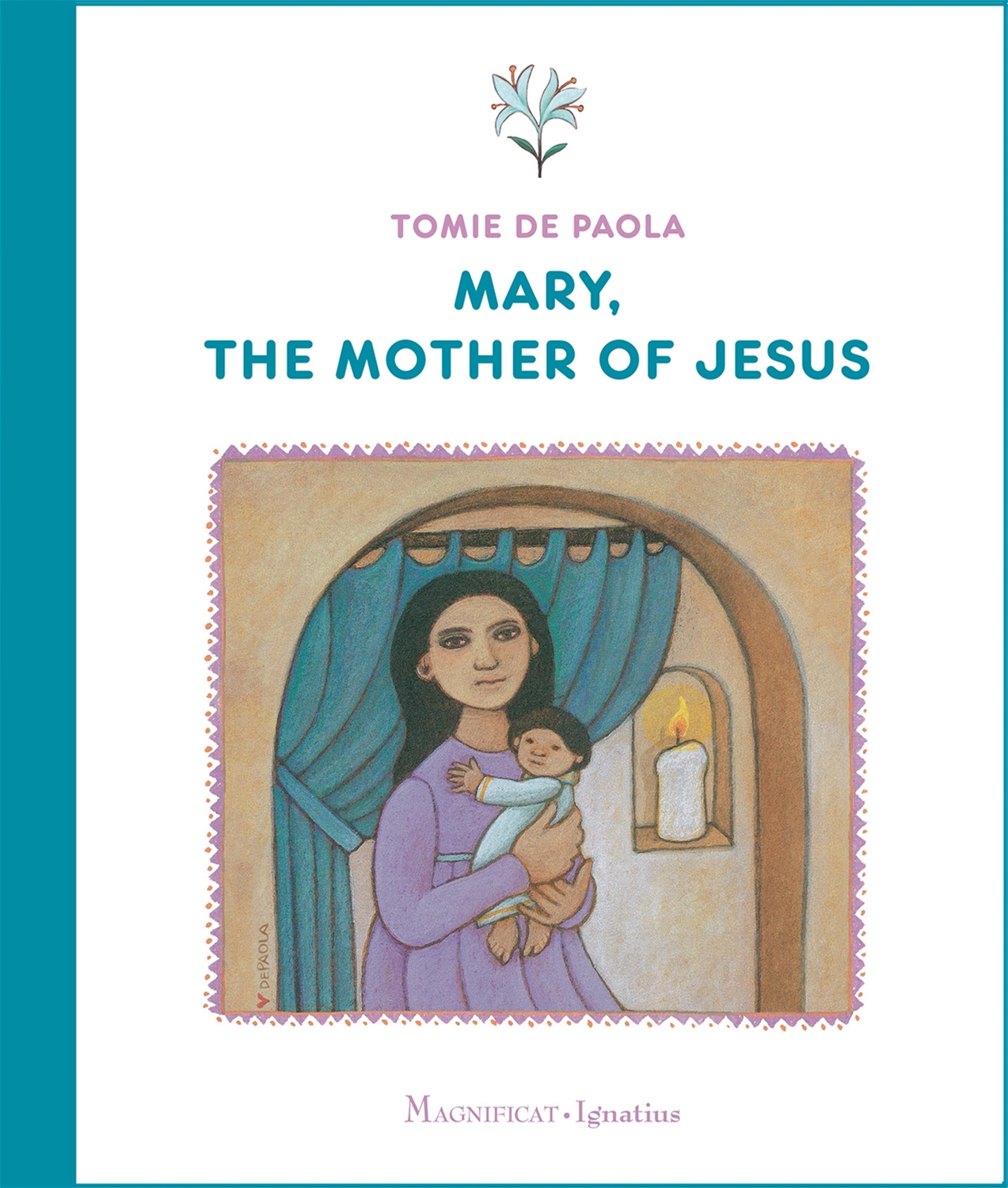
Mary, the Mother of Jesus is a recently re-released classic from Tomie De Paola that was published decades ago and is now back in print from Ignatius Press. It is divided into fifteen two-page chapters. Surprisingly, it begins not with the Annunciation but with the Presentation of Mary in the Temple as a Child and the Betrothal of Mary and Joseph.
Each chapter begins with an antiphon from the Benedictine Breviary and contains a one-page summary of Scripture and/or Tradition that illuminates that particular part of Mary’s life. Accompanying each chapter are illustrations that feel a bit like a tapestry telling a story. They complement the chapters without overshadowing them. It is a very well-written book and one that belongs in your child’s library.
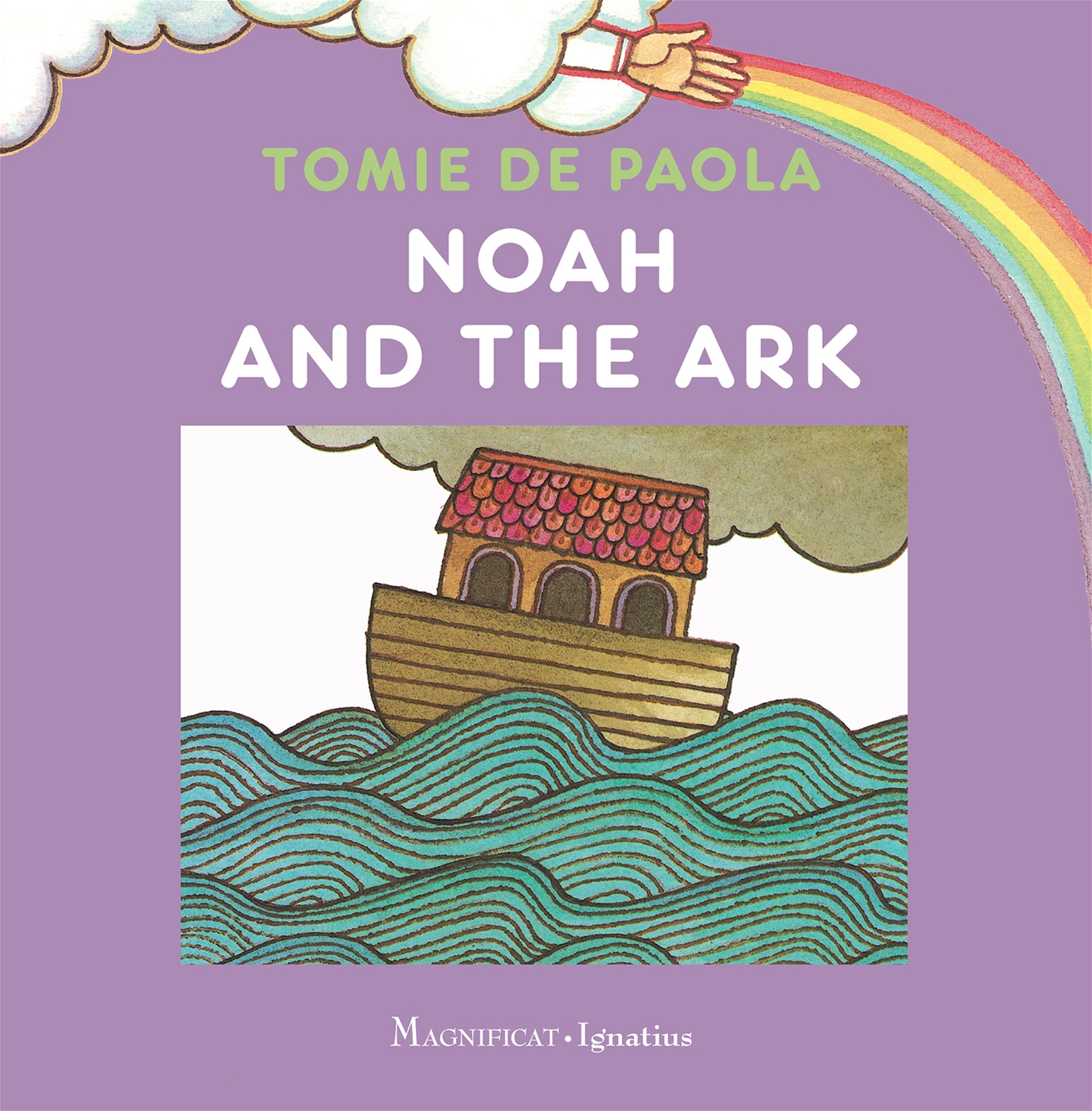
Noah and the Ark is another recently re-released Tomie De Paola book that was originally released in 1983, the year of my birth, and now I feel old. This is a very simple book for children ages 5+ with more pictures than words. The book is beautiful in its simplicity of re-telling the story and very faithful to Scripture. The art of the book has a familiar feel to it, but I am having trouble putting my finger on what to call it or compare it to. Regardless, my oldest enjoyed reading the book and the youngest enjoyed looking at the pictures. Another winner of a book!
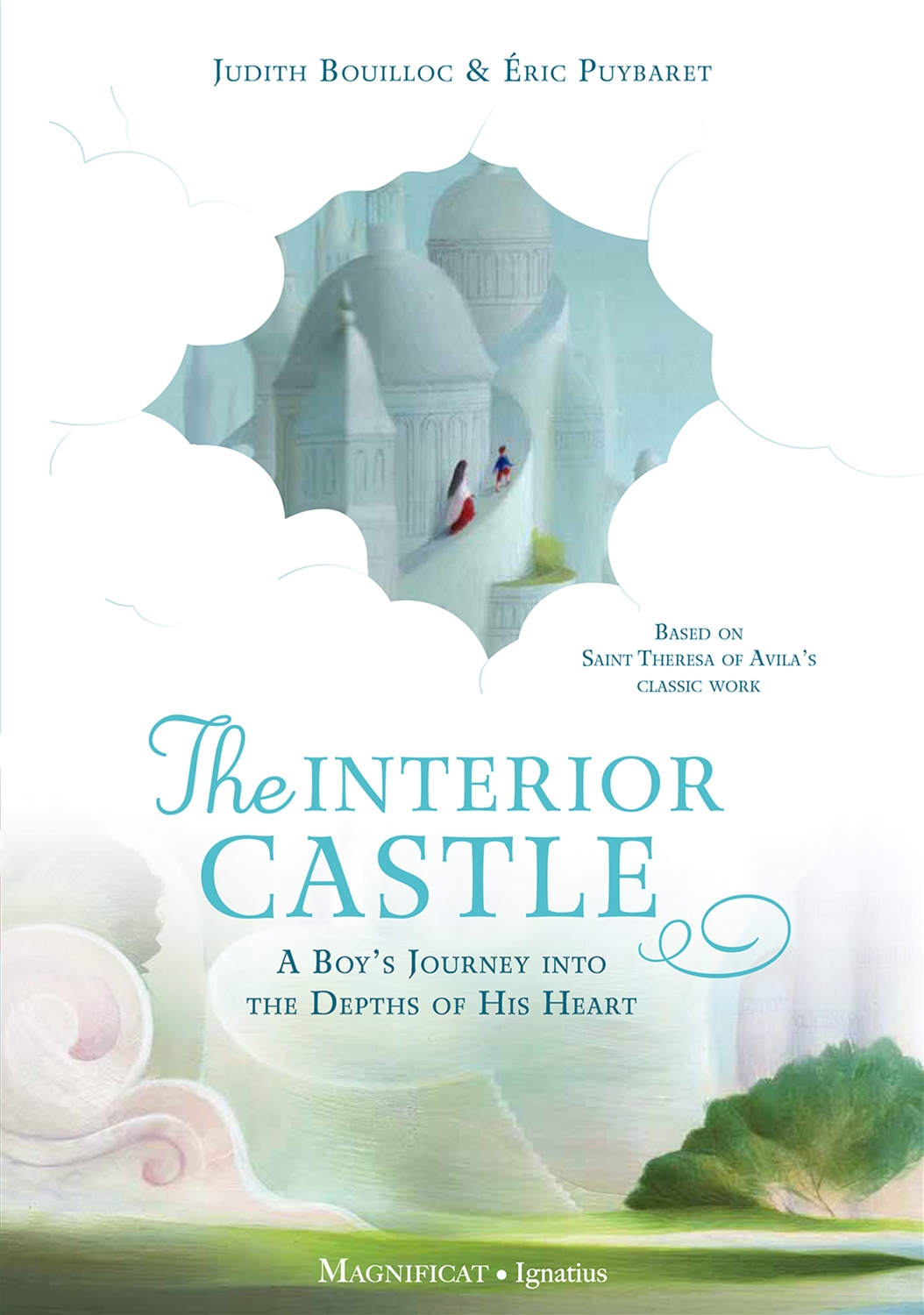
The Interior Castle: A Boy’s Journey into the Riches of Prayer is a children’s book based on the classic work of St. Teresa of Ávila. It is divided into eight chapters – an introduction and the seven rooms of the castle. The book introduces us to a young boy named Juan, who prays a lot and dedicated to God. One day he saw a castle and was drawn to it. St. Teresa of Avila appeared to him and asked if he would like her to be his guide through the castle. It feels a bit like Dante’s Divine Comedy with Beatrice leading him. In these rooms, Juan fights and defeats a dragon, learns about removing the log in his own eye, and learns that we can’t reach God on our own, but only as a gift from Him.
This is a very thought-provoking book for children and adults (if you read it to your children). If you have never read the classic from St. Teresa of Ávila, then consider reading this one first to prep you for the actual work. This book here is my pick for best Catholic Children’s Book of this year, perhaps best of the last five years. I cannot recommend it enough!
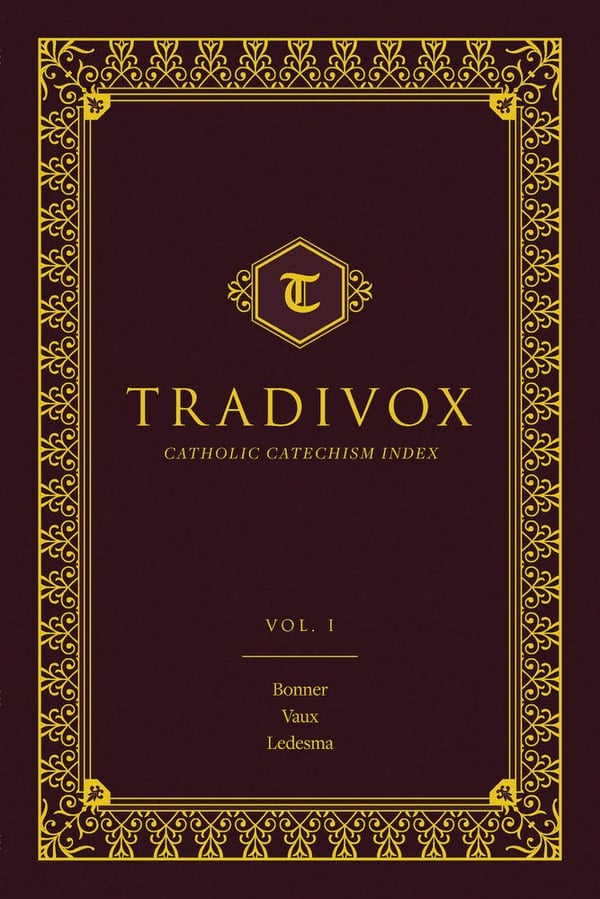
Sophia Institute Press has recently embarked on an ambitious and fascinating project called Tradivox, a 20-volume project that will reprint historical catechisms in a beautiful hardcover format. The volumes start in the 1200s and span all the way to the mid-1900s from European and North American sources. You can buy them individually or subscribe for a $5/book discount and receive one volume every three months. I have received Volume 1, which includes three shorter catechisms by Bishop Edmund Bonner, Fr. Laurence Vaux, and Fr. Diego de Ledesma.
Bishop Bonner’s catechism is called An Honest Godlye Instruction. It is divided into five chapters that includes common prayers, the Ten Commandments, Beatitudes, Works of Mercy, and other useful bits of information. It is definitely an introduction to some of the core tenets of Catholicism. Fr. Vaux’s catechism is entitled A Catechisme or Christian Doctrine. It is divided into ten chapters and follows a question and answer format. Some questions are, “What is man?” and “What is the Church?” It also provides a Q and A breakdown of the Lord’s Prayer and the Seven Sacraments. Chapter 9 was my favorite chapter as it included an Examination of Conscience (always valuable) and “A Ladder of Six Steps to Heaven,” which was a fascinating read. Fr. Ledesma’s catechism is divided into four chapters and is also in the question and answer format. It too focuses on basic tenets of Catholicism, core prayers, and other facets such as charity and good works. This volume was a great introduction to what is going to prove to be an amazing series. I can’t wait to see the rest of the volumes!
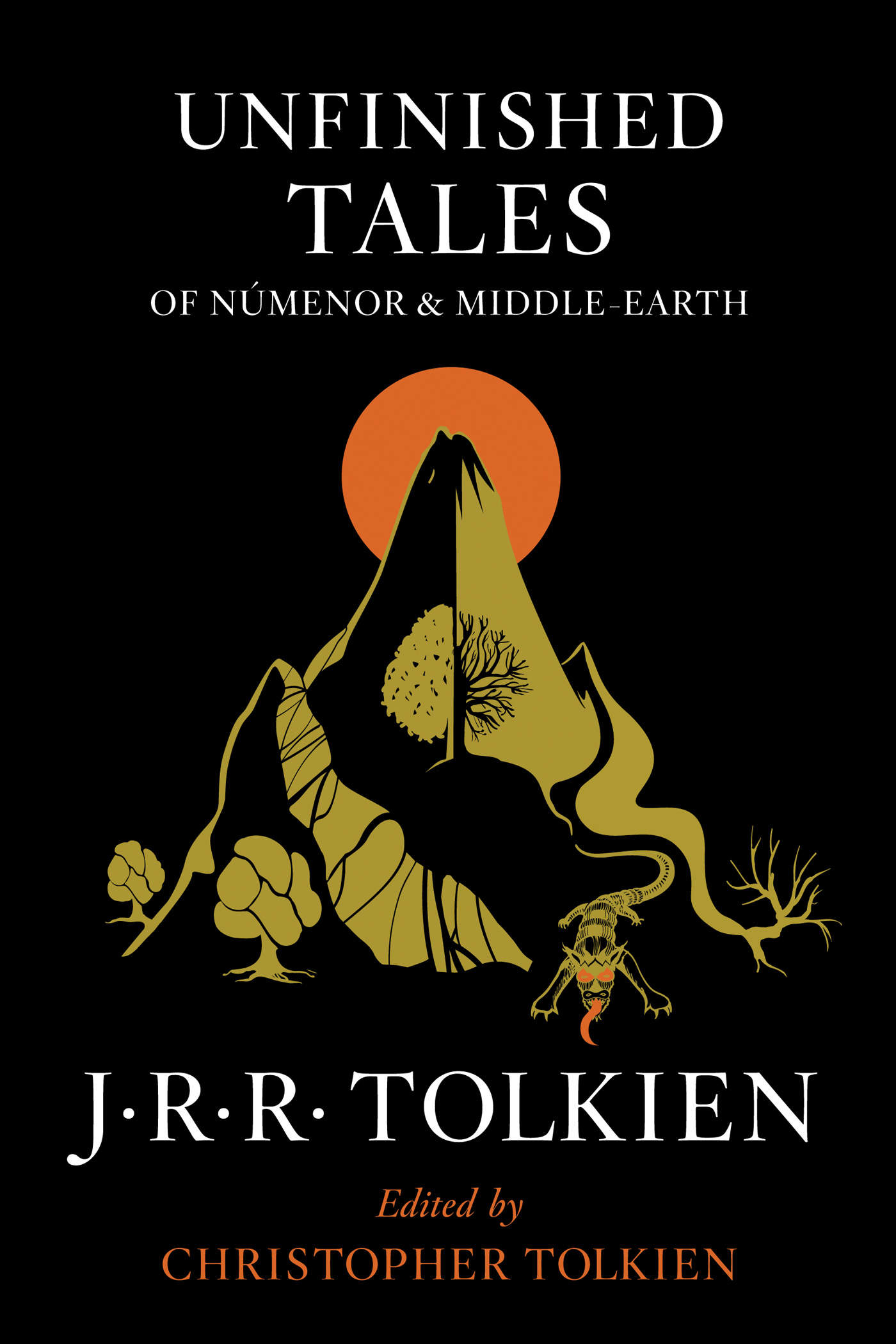
Just when I think Houghton Mifflin Harcourt can’t publish any new Tolkien book, they surprise me with a few new releases this year. One that has been sorely missing from my collection is an illustrated edition of Unfinished Tales of Númenor and Middle-earth. The book is divided into four parts with the first three parts focusing on tales from the three different ages and the fourth part focusing on the Istari, the Drúedain, and the Palantíri. One of the stories is its own book now – The Children of Hurin, but there are other stories including one about Galadriel, one about the retaking of Erebor, and one about the hunt for the One Ring, which gives us more history on Gollum. A lot of the stories are told by Gandalf to Frodo, but unfortunately most of these stories aren’t finished, hence the title of the book.
My favorite story was the one about the Istari, because it gave us a little bit more information on the five. It never named the two blue “wizards,” but clued us in on their existence and what potentially happened to them. Unlike other posthumous works of Tolkien, his son left them as they were and didn’t try to flesh them out. If you are a Tolkien fan who has read The Hobbit and The Lord of the Rings, but aren’t yet brave enough for The Silmarillion, this book is a good middle ground. It will give you some interesting backstory and contain beautiful illustrations by the big three Tolkien illustrators – John Howe, Alan Lee, and Ted Nasmith. This is a worthy book to put in your library!
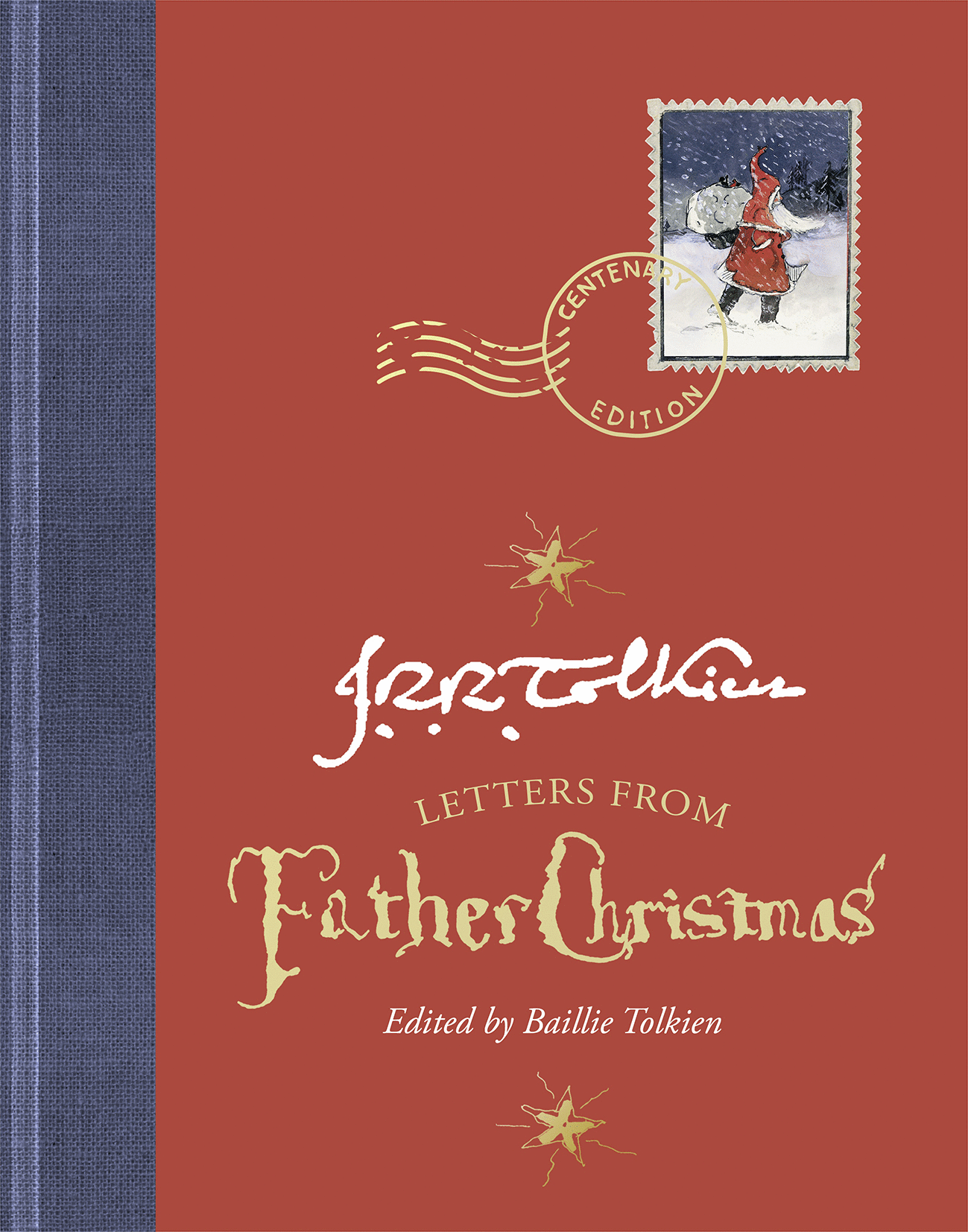
One of the Tolkien books that I never had in my collection (until now) was Letters From Father Christmas. I think it’s a clever book, and a beautiful book, but it’s one that I always felt was a bit personal as it was written for his family, not for public eyes. Well, I recently received the 100th anniversary (of when the first letter was written, not when the book was published) as a gift. As expected, it is beautiful and the illustrations are also great. There is an introduction by his daughter-in-law, which was neat, and the letters are more than letters, but also some fun stories, but it’s still not a book I would seek out. If you love Tolkien, though, and you want to own every book he has every published, pick this one up. If not, you can probably give this one a pass.
6 new books for fans of Tomie DePaola, Tolkien, and centuries-old Catholic wisdom. #catholicmom

Copyright 2020 Stuart Dunn
This article contains Amazon affiliate links; your purchases through these links benefit the author.
About the Author

Stuart Dunn
Stuart Dunn was born and raised in Mobile, AL and received a Bachelor of Arts in Psychology and a Master of Business Administration from the University of South Alabama. Stuart reviews all things Catholic including adult books, children’s books, Bible Study series, Catholic Courses, CDs, and DVDs in addition to board games at his blog Stuart’s Study at StuartsStudy.blogspot.com.


.png?width=1806&height=731&name=CatholicMom_hcfm_logo1_pos_871c_2728c%20(002).png)
Comments